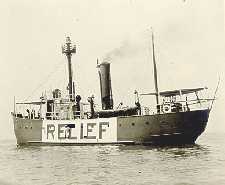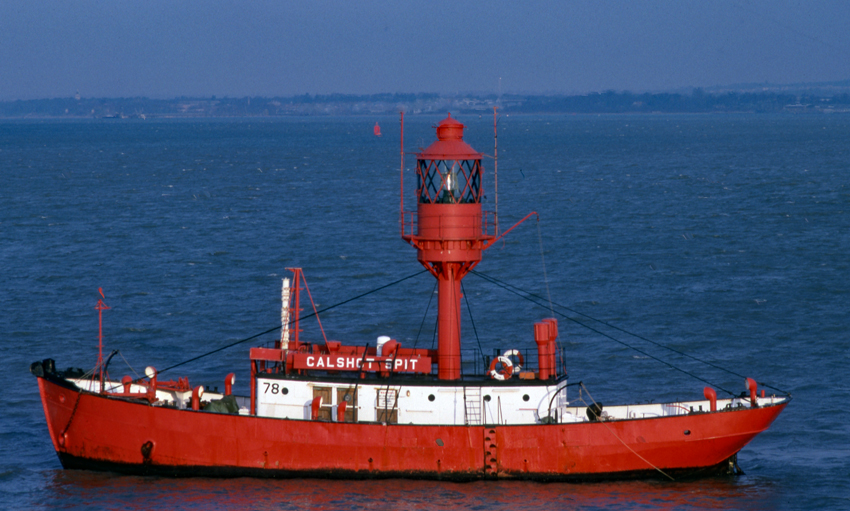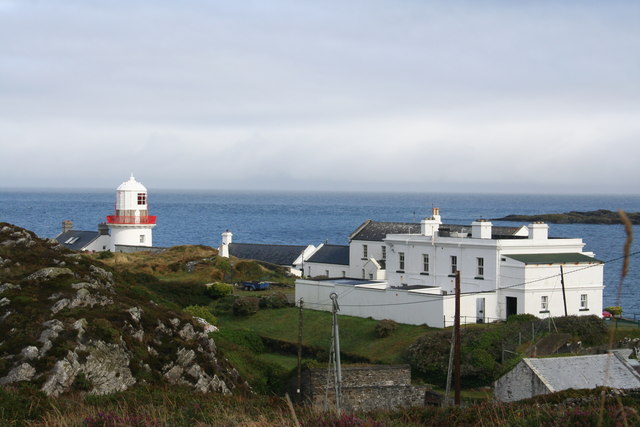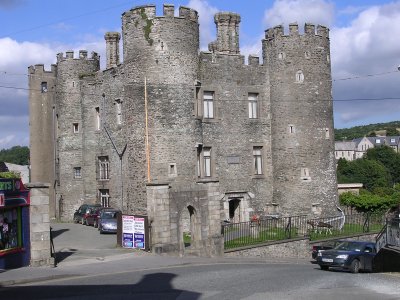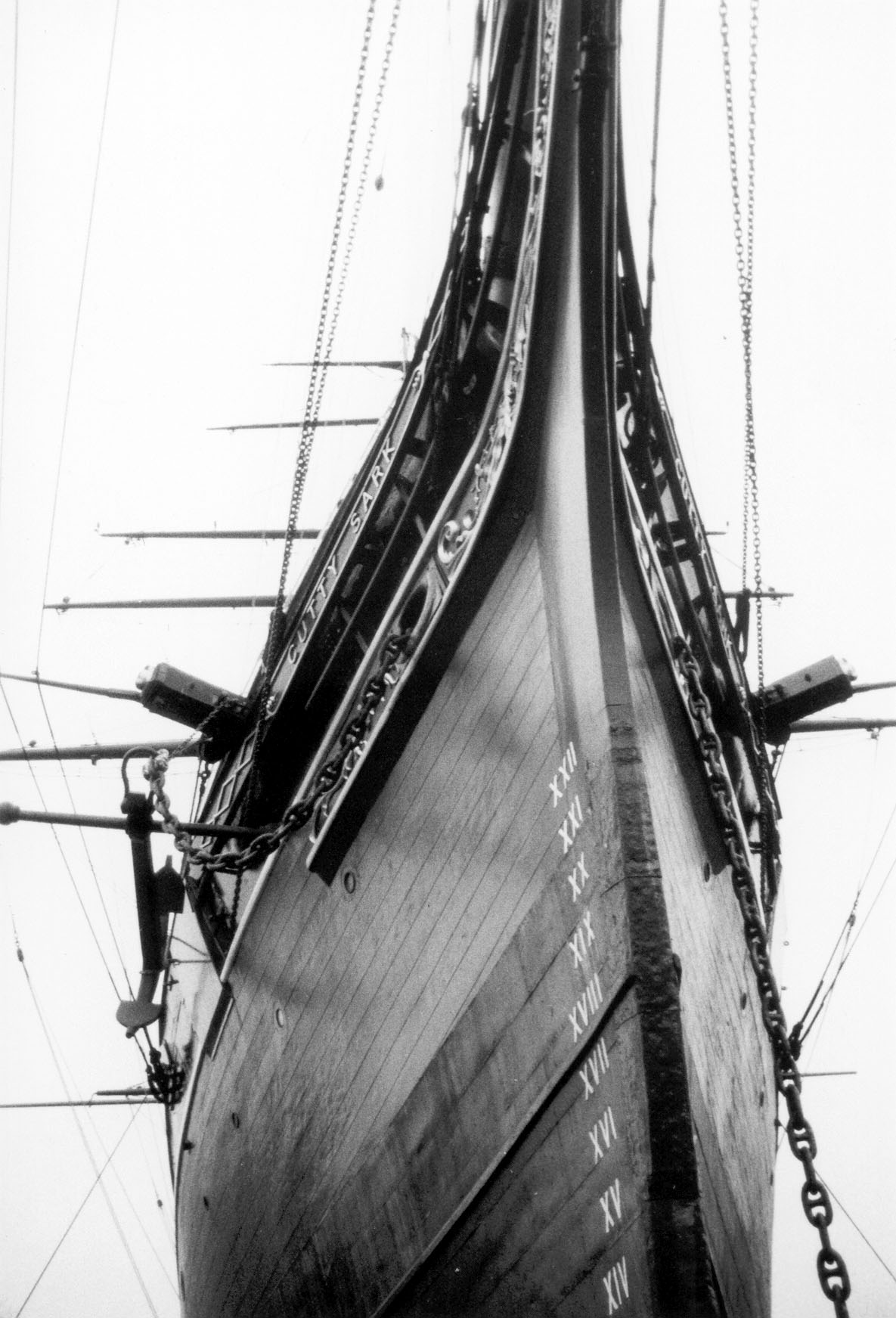|
Lightvessels In Ireland
Lightvessels in Ireland describes any lightvessel or light float previously stationed off the coast of Ireland. The Commissioners of Irish Lights are responsible for the majority of marine navigation aids around the whole of the island of Ireland. Lightvessels * Guillemot: built 1921-23 – sold 1968 – set in concrete as the Kilmore Quay Maritime Museum retains much original equipment and fittings. Scrapped during 2011. * Kittiwake: built 1955 – Removed from station in 2009 and replaced with a superbuoy. Sold, then docked in Dublin's River Liffey and in 2022 removed from Alexandra Basin to be restored and placed on public display in a new docklands heritage project. * Osprey: built 1953-55 – sold 1975 – now known as Le Batofar, a nightclub/pub moored on the Seine in Paris * Petrel: built 1913-15 – sold 1968 – club house for Down Cruising Club in Ballydorn * Puffin Lightvessel, Roche's Point, Cork – washed away in 1896 Lightvessel stations * Coningbeg, off ... [...More Info...] [...Related Items...] OR: [Wikipedia] [Google] [Baidu] |
Lightvessel
A lightvessel, or lightship, is a ship that acts as a lighthouse. It is used in waters that are too deep or otherwise unsuitable for lighthouse construction. Although some records exist of fire beacons being placed on ships in Roman times, the first modern lightship was located off the Nore sandbank at the mouth of the River Thames in London, England, by its inventor Robert Hamblin in 1734. Lightships have since been rendered obsolete by advancing lighthouse construction techniques, and by LANBY, large automated navigation buoys. Construction The most important element of lightship design is a tall Mast (sailing), mast upon which to mount the light. Initially, these lights consisted of Oil lamp, oil lamps that were run up the mast and could be lowered for servicing, while later vessels carried fixed lamps which were serviced in place. As they became available, Fresnel lenses were used, and many vessels housed them in smaller versions of lighthouse lanterns. Some lightships ha ... [...More Info...] [...Related Items...] OR: [Wikipedia] [Google] [Baidu] |
Dublin
Dublin is the capital and largest city of Republic of Ireland, Ireland. Situated on Dublin Bay at the mouth of the River Liffey, it is in the Provinces of Ireland, province of Leinster, and is bordered on the south by the Dublin Mountains, part of the Wicklow Mountains range. Dublin is the largest city by population on the island of Ireland; at the 2022 census of Ireland, 2022 census, the city council area had a population of 592,713, while the city including suburbs had a population of 1,263,219, County Dublin had a population of 1,501,500. Various definitions of a metropolitan Greater Dublin Area exist. A settlement was established in the area by the Gaels during or before the 7th century, followed by the Vikings. As the Kingdom of Dublin grew, it became Ireland's principal settlement by the 12th century Anglo-Norman invasion of Ireland. The city expanded rapidly from the 17th century and was briefly the second largest in the British Empire and sixth largest in Western Europ ... [...More Info...] [...Related Items...] OR: [Wikipedia] [Google] [Baidu] |
Lightvessel Stations Of Great Britain
The history of the many lightvessel stations of Great Britain goes back over 250 years to the placement of the world's first lightship at the Nore in the early 18th century. A lightvessel station is a named position at which a lightvessel was placed, rather than a particular ship; individual vessels were often transferred between different stations during their existence. Stations themselves were occasionally changed, especially during wartime, when lights were only displayed in response to specific shipping needs. History The world's first lightvessel was the result of a business partnership between Robert Hamblin, a former barber and ship manager from King's Lynn, and David Avery, an investor.Naish, J. M. ''Seamarks: Their History and Development'', Stanford Maritime, 1985, , p. 107 In 1730 the pair secured a government licence to moor a ship, with a prominent light affixed to it, to serve as a navigation aid at the Nore in the Thames mouth. Hamblin and Avery intended to prof ... [...More Info...] [...Related Items...] OR: [Wikipedia] [Google] [Baidu] |
Lighthouses In Ireland
This is a list of lighthouses in Ireland. The Commissioners of Irish Lights are responsible for the majority of marine navigation aids around the island though a small number are maintained by local harbour authorities. The main list identifies those lighthouses in a clockwise direction starting with Crookhaven, Crookhaven lighthouse, County Cork. Maintained by Commissioners of Irish Lights Maintained by other Irish marine authorities A smaller number of active lighthouses are operated by other authorities, primarily the port and harbour companies located around the Geography of Ireland, Irish coast. Inactive Improvements and changes to the aids to navigation around the Irish coast, has meant that there are a number of lighthouses that have been decommissioned. This list includes those where the tower or structure is still in existence. Some of these have been reused, such as Ferris Point which is now a vessel control tower. Clare Island was turned into a guest house ... [...More Info...] [...Related Items...] OR: [Wikipedia] [Google] [Baidu] |
County Wexford
County Wexford () is a Counties of Ireland, county in Republic of Ireland, Ireland. It is in the Provinces of Ireland, province of Leinster and is part of the Southern Region, Ireland, Southern Region. Named after the town of Wexford, it was based on the historic Gaelic Ireland, Gaelic territory of Uí Ceinnselaig, Hy Kinsella (''Uí Ceinnsealaigh''), whose capital was Ferns, County Wexford, Ferns. Wexford County Council is the Local government in the Republic of Ireland, local authority for the county. The population of the county was 163,527 at the 2022 census. History The county is rich in evidence of early human habitation.Stout, Geraldine. "Essay 1: Wexford in Prehistory 5000 B.C. to 300 AD" in ''Wexford: History and Society'', pp 1 – 39. ''Portal tombs'' (sometimes called dolmens) exist at Ballybrittas (on Bree Hill) and at Newbawn – and date from the Neolithic period or earlier. Remains from the Bronze Age period are far more widespread. Early Irish tribes formed ... [...More Info...] [...Related Items...] OR: [Wikipedia] [Google] [Baidu] |
Saltee Islands
The Saltee Islands ( Irish: ''Na Sailtí''; Old Norse: ''Saltey'' ) are a pair of small islands lying 5 kilometres off the southern coast of County Wexford in Ireland. The two islands are Great Saltee (89 hectares) and Little Saltee (37 hectares). They have been largely unoccupied since the early 20th century and have been privately owned by the Neale family since 1943. Together, the islands cover an area of 1.2 square kilometres. Protected status The islands are a breeding ground for fulmar, gannet, shag, kittiwake, guillemot, razorbill, puffin and grey seal. An area surrounding both islands and extending approximately offshore was granted the status of a Special Protection Area to protect the bird habitat. The islands are also at the centre of a related Special Area of Conservation, named after them, which extends to the mainland coastline east of Kilmore Quay. The conservation area specifically addresses: the mud and sand flats on the mainland coastline as well as those sur ... [...More Info...] [...Related Items...] OR: [Wikipedia] [Google] [Baidu] |
Philip And Son
Philip and Son (also Philip & Son) was a shipbuilder in Kingswear, near Dartmouth, Devon, England. Operating from 1858 until the late 1990s, the company provided employment opportunities for nearly 141 years for many people of Dartmouth. It was Dartmouth's last industrial shipyard. A documentary film, ''Philip and Son, A Living Memory'', presents the story of the industrial shipyard from its beginning to its eventual closure. Early history William Kelly began modernizing Dartmouth's Sandquay yard in the 1800s. George Philip (d. November 1874, aged 61 years) left Aberdeen for Dartmouth in 1854, becoming Kelly's foreman shipwright, and managing three slipways at Sandquay. With Kelly's retirement in 1858, Philip took over the yard. Shortly afterwards, Philip's son Alexander (nickname, Alec; d. 1899) entered the business. In 1874, Alexander inherited the yard. In the 1880s and 1890s, Philip & Son collaborated with Simpson, Strickland and Company of Noss Shipyard on recreational c ... [...More Info...] [...Related Items...] OR: [Wikipedia] [Google] [Baidu] |
Radio Scotland
Radio Scotland was an offshore pirate radio station broadcasting on 1241 kHz mediumwave (242 metres), created by Tommy Shields in 1965. The station was on the former lightship L.V. ''Comet'', which had been fitted out as a radio station in Guernsey using RCA technology and engineers, it was anchored at locations off Scotland, usually outside territorial waters. History The station began on 31 December 1965 and featured DJs including Paul Young, Richard Park, Stuart Henry and Jack McLaughlin with a céilidh programme that promised to tickle the "tartan tonsils". Later disc-jockeys included John Kerr, Tony Allan, Ben Healy, Mark Wesley (as Mark West), Alan Black, David Kinnaird, Charlie Whyte, Pete Bowman, Larry Marshall, Bryan Vaughan, Mel Howard, Roger Gale (now Sir Roger Gale, Conservative MP and Deputy Speaker of the House of Commons), Eddie White, Drew Hamlyn, Jimmy Mack, Cathy Spence, Stevie Merike and Brian McKenzie (as Brian Webb). Its headquarters, Radio Scotl ... [...More Info...] [...Related Items...] OR: [Wikipedia] [Google] [Baidu] |
Muntz Metal
Muntz metal (also known as yellow metal) is an alpha-beta brass alloy composed of approximately 60% copper, 40% zinc and a trace of iron. It is named after George Fredrick Muntz, a metal-roller of Birmingham, England, who commercialised the alloy following his patent of 1832. The alloy must be worked hot and is used today for corrosion-resistant machine parts. Alpha-beta (also called duplex) metals contain both the α and β phases. The α phase refers to a crystal structure that is face-centered cubic, while the β phase is body-centered cubic. Its original application was as a replacement for copper sheathing on the bottom of boats, as it maintained the anti-fouling abilities of the pure copper at around two thirds of the price. It became the material of choice for this application and Muntz made his fortune. It was found that copper prevented any organism that attempted to attach itself to a hull sheathed in the metal. Thus, it was also used to sheathe the piles of piers ... [...More Info...] [...Related Items...] OR: [Wikipedia] [Google] [Baidu] |
Wrought Iron
Wrought iron is an iron alloy with a very low carbon content (less than 0.05%) in contrast to that of cast iron (2.1% to 4.5%), or 0.25 for low carbon "mild" steel. Wrought iron is manufactured by heating and melting high carbon cast iron in an open charcoal or coke hearth or furnace in a process known as puddling. The high temperatures cause the excess carbon to oxidise, the iron being stirred or puddled during the process in order to achieve this. As the carbon content reduces, the melting point of the iron increases, ultimately to a level which is higher than can be achieved by the hearth, hence the wrought iron is never fully molten and many impurities remain. The primary advantage of wrought iron over cast iron is its malleability - where cast iron is too brittle to bend or shape without breaking, wrought iron is highly malleable, and much easier to bend. Wrought iron is a semi-fused mass of iron with fibrous slag inclusions (up to 2% by weight), which give it ... [...More Info...] [...Related Items...] OR: [Wikipedia] [Google] [Baidu] |
Composite Ship
The technique of composite ship construction (wooden planking over a wrought iron frame) emerged in the mid-19th century as the final stage in the evolution of fast commercial sailing ships. Construction of wrought iron hulled vessels had begun in the 1820s and was a mature technology by the time of the launch of the SS Great Britain, SS ''Great Britain'' in 1843. However, iron hulls could not be sheathed with Muntz metal, copper alloy (due to Galvanic corrosion, bimetallic corrosion) and so would become festooned with drag-inducing weed during long voyages in the tropics. The wooden planking of a composite ship allowed the copper sheathing essential for fast ocean crossings under sail while the iron frame made the ship relatively immune from hogging and sagging, and took up less interior space than wooden framing. The brief reign of composite clippers as the fastest mode of transport between Europe and Asia was brought to a close by the opening of the Suez Canal in 1869 and ongo ... [...More Info...] [...Related Items...] OR: [Wikipedia] [Google] [Baidu] |
Cubitt Town
Cubitt Town is a district on the eastern side of the Isle of Dogs in London, England. This part of the former Metropolitan Borough of Poplar was redeveloped as part of the Port of London in the 1840s and 1850s by William Cubitt, Lord Mayor of London (1860–1862), after whom it is named. It is on the east of the Isle, facing the Royal Borough of Greenwich across the River Thames. To the west is Millwall, to the east and south is Greenwich, to the northwest Canary Wharf, and to the north — across the Blue Bridge — is Blackwall. The district is situated within the Blackwall & Cubitt Town Ward of Tower Hamlets London Borough Council. History It is named after William Cubitt, Lord Mayor of London (1860–1862), who was responsible for the development of the housing and amenities of the area in the 1840s and 1850s, mainly to house the growing population of workers in the local docks, shipbuilding yards and factories. As it grew, Cubitt also created many local businesses employi ... [...More Info...] [...Related Items...] OR: [Wikipedia] [Google] [Baidu] |
